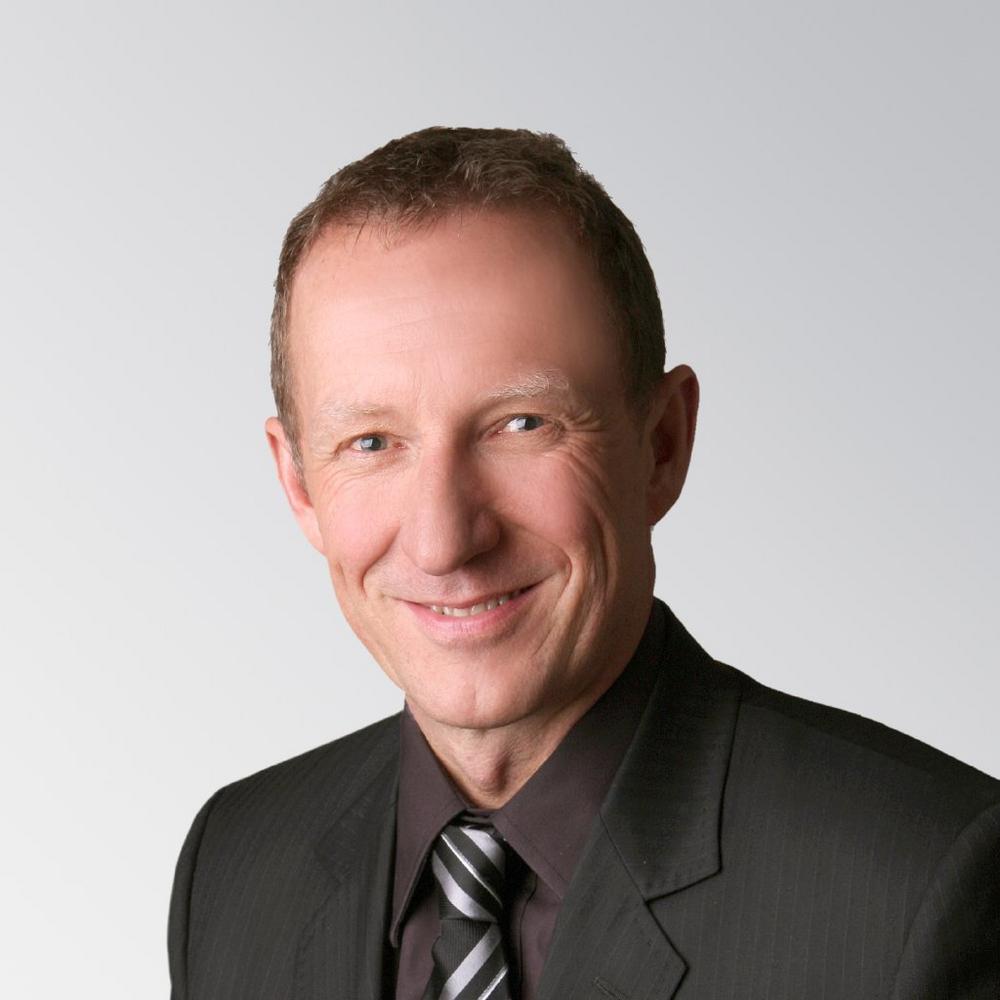Mr. Tralau, could you give us a short introduction to KAMA GmbH?
Marcus Tralau: The company’s roots can be traced back to the foundation of the Sächsische Cartonnagen-Maschinen-Actiengesellschaft 123 years ago. Later, this became a business unit belonging to PLANETA. In the mid-90’s, I joined from Hamburg, and together with two co-workers who then belonged to its management, I re-founded KAMA GmbH. Today, we have 127 employees, our sales reach about €15 million, and our R&D quota is about 10 percent. This is mirrored in our employee structure: we only employ skilled people, one quarter of them are engineers.
What are the main areas of focus in your product portfolio?
Tralau: We produce punch and processing machines for the commercial and the packaging market. The commercial ones continue to be important. While we are not exactly experiencing huge growth rates in that area, the printed product lives on. Digital content gets deleted so quickly. A well-done print product that you can hold in your hands makes an entirely different impact. The print market is even more alive when dealing with packaging. Here, we specialize in machines for the production of folded boxes; however, we consistently angle them towards the trend of short runs. While millions of boxes have been produced in a single batch up until now, customers now ask for a few thousand pieces on demand.
Where does this trend stem from?
Tralau: According to studies, nearly one third of all folded boxes remains unused, often due to changes in the product or marketing. Therefore, orders on demand have become more popular. Furthermore, there is seasonal marketing in retail: Halloween, Valentine’s Day, or sporting events get taken up in campaigns. This automatically means short runs. In addition, there is a trend towards personalized packaging.
Which role does foreign business have for KAMA?
Tralau: Our export quota is more than 80 percent. A quarter of our machines goes to Asia, another quarter to North and South America, the other half is distributed between Europe and Africa. There are many small commercial printing businesses among our customers who employ our machines for processing and punching. There are also suppliers for the dynamic web-to-print market and packaging service providers, who are globally found close to brand manufacturers; this is a concentrated market with only a few players who operate dozens of factories worldwide.
How do your machines help these players produce their short runs?
Tralau: We consistently work on reducing set-up time and facilitating an even broader range of applications. Since packaging trends change so quickly, high flexibility and seamless integration into digital workflows of the printing businesses are in demand. So far, offset and digital print still exist in parallel in short runs. But in digital print, batches become bigger. We are prepared for that: our machines are capable of compensating weaknesses of digital print in precision and register accuracy.
What is the state of digital workflows in the packaging market?
Tralau: Worldwide, customers are recognizing the futility of printing short runs digitally only to lose that time advantage in manual finishing processes. Therefore, demand for interconnected, fully automated processing and refining solutions is rising. Still, network integration cannot yet keep up with the state of graphic print in the packaging market. We want print 4.0 process chains in the packaging market, yet so far, we have to pass on process data via QR code. This only allows for semi-automated solutions. The machines do not notify on order status and will not go to the next order by themselves. This, however, is our goal.
Why?
Tralau: Our customers will be able to produce short runs in a more economical way. Today, they decline such orders, or, in the case of important customers, they do it knowing full well that it will not be profitable. With functioning digital workflows, they could create custom-made and affordable offers for individualizing and processing short runs.
Your machines are multi-functional. They punch, channel, emboss, fold, glue, and inspect. Does this flexibility entail longer set-up time?
Tralau: The alternative would be buying one machine for each process. This is only profitable with very big batches. We address segments where customers prefer a few more minutes spent on set-up as opposed to endless investments in machines they will not fully exploit. We consistently work on optimizing set-up time, and we use a modular approach so that customers will only have to buy functions they need. For short runs in the packaging market, we have developed a nearly fully automated adjustable folded box gluer; a job changeover does not even last five minutes.
What are your main areas of focus in your research and development?
Tralau: We are working on digital solutions for processing, which should shape up until the next drupa. We are also furthering the development of our workflow and control software, as well as digital interfaces in our machines. We are cooperating closely with leading print machine manufacturers from the analog and the digital world in this area. In addition, global service is a challenge for a company of our size. We do remote maintenance and software updates. We are looking at augmented reality to guide our customers’ technicians during maintenance and repairs. It would be a great relief, but so far, the technology is simply too expensive.
Final question: what do you see when imagining KAMA in the year 2030?
Tralau: Did you see smartphones coming in 1990? Whatever I could answer, the reality of 2030 will be another one. Development never happens in a linear manner, as we like to believe.
VDMA, Verband Deutscher Maschinen- und Anlagenbau e.V.
Lyoner Str. 18
60528 Frankfurt
Telefon: +49 (69) 6603-0
Telefax: +49 (69) 6603-1511
http://www.vdma.org/
Telefon: +49 (69) 6603-1450
Fax: +49 (69) 6603-2450
E-Mail: jessica.goeres@vdma.org
Executive Assistant
Telefon: +49 (6603) 1123
Fax: +49 (6603) 2123
E-Mail: liliane.klein@vdma.org
